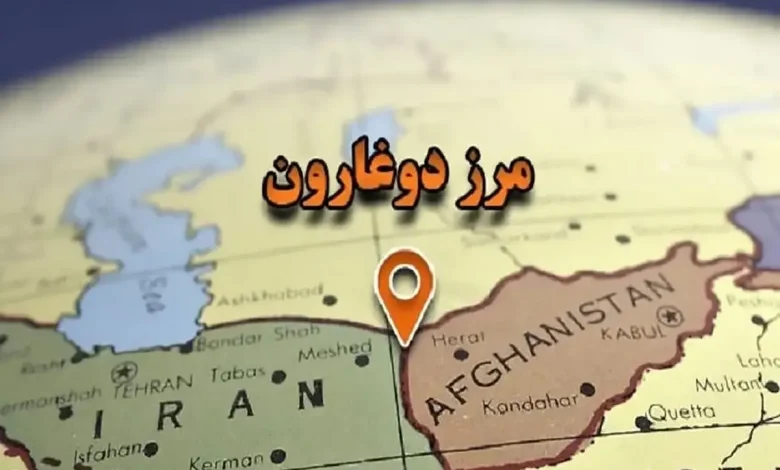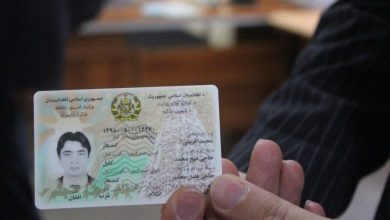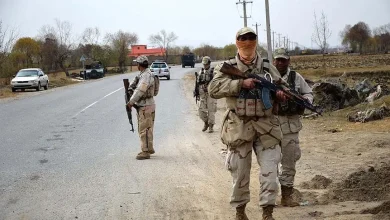Dogharoun Officially Designated as Free Trade-Industrial Zone on Iran-Afghanistan Border

The Dogharoun region on Iran’s eastern border with Afghanistan has been officially designated as a free trade-industrial zone, an upgrade Iranian officials describe as a key opportunity to boost exports and economic cooperation with neighboring countries, particularly Afghanistan.
Mohammad Ali Nabipour, Political and Social Deputy of Khorasan Razavi province, visited the city of Taybad and the Dogharoun border crossing, emphasizing the zone’s role as the “first economic hub between Afghanistan and Iran” and its critical importance in enhancing bilateral trade.
Nabipour highlighted Dogharoun’s strategic position in transit, exports, and cross-border travel. He stated that the Iranian government aims to strengthen the border’s role to promote economic growth both regionally and nationally.
He warned that destabilizing factors, especially security threats along borders with neighboring countries like Afghanistan and Turkmenistan, are targets of enemy efforts to disrupt economic activity. According to him, the development of Taybad—closely linked to Dogharoun—can shape part of the economic future of eastern Iran.
Nabipour urged the Dogharoun Free Trade-Industrial Zone Authority to quickly implement its economic plans and create a secure environment for domestic and foreign investors. He called on relevant national and local institutions to coordinate efforts within legal frameworks to help resolve issues facing the zone.
Dogharoun is one of the most important economic links between Iran and Afghanistan. Currently, it serves as a main route for the passage of goods and travelers between the two countries. However, since the Taliban took over in Afghanistan, the situation on the Afghan side of the border has faced multiple challenges, including mismanagement, lack of transparency, and an absence of supportive policies for trade in Herat province.
So far, the Taliban administration has failed to deliver stable and effective management that would allow Afghan citizens to benefit meaningfully from this critical border gateway. Increased activity on the Iranian side—if not coordinated with Afghan civil institutions—raises concerns about further economic dependency of Afghanistan’s border regions on external decisions.




